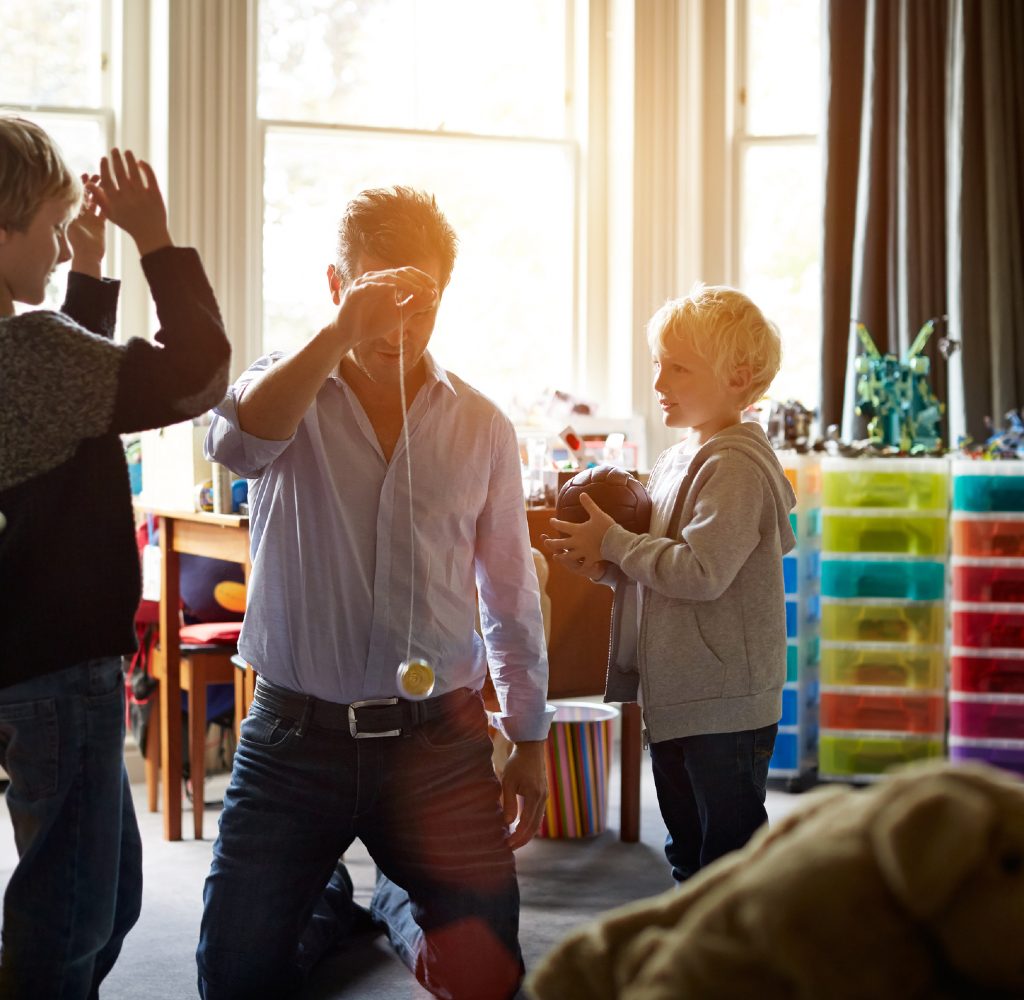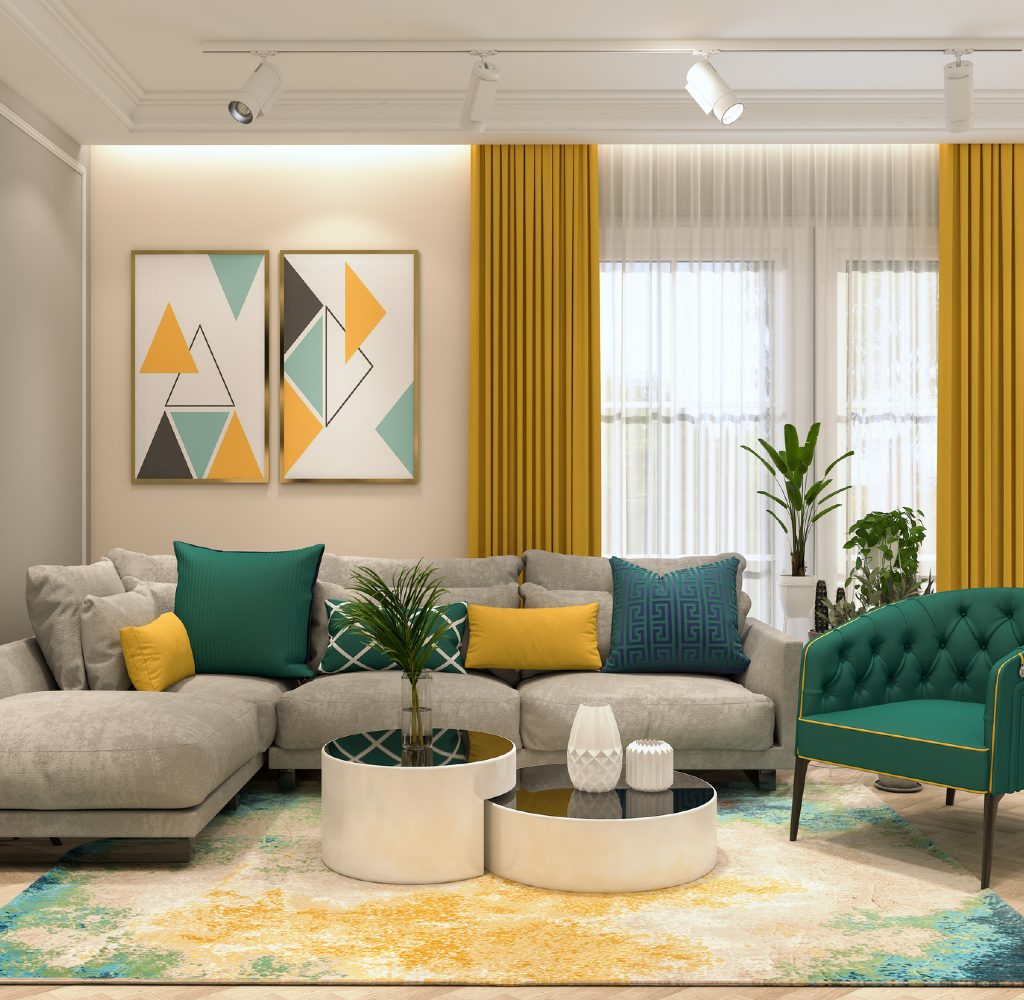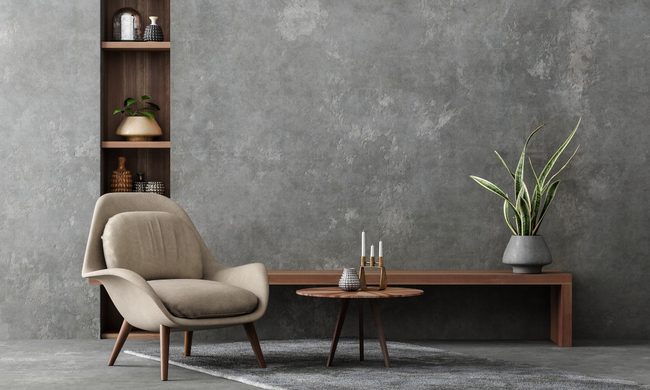Some fashion trends from the past should stay in the past (we’re looking at you, ultra-rise jeans). Others, like sunken living rooms, certainly have a place in the 21st century. This architectural style that was popular in the 1960s placed living spaces a few steps below the rest of the home, which is why they’re also referred to as conversation pits. A few decades ago, these sunken living rooms were the hot space to gather, largely because they created a more intimate space in the home.
While sunken living rooms aren’t as popular today, they are making a bit of a resurgence. Whether you’re on the hunt for a home with a conversation pit or are stuck with one and don’t know how to style it, check out these ideas below, and you’ll be on-trend in no time.
Why sunken living rooms?
Sunken living rooms were very popular in the ’60s and ’70s because the home was the primary gathering place, with homeowners hosting dinner parties and other occasions almost weekly. However, a sunken living room has a function beyond being a funky party space. These rooms are also great for open concept houses where walls are sparse. You can preserve the feeling of openness all while maintaining the definition between the kitchen and living room:
- Sunken living rooms create intimacy by creating a defined space.
- Sunken living rooms add character. They’re a unique detail (as long as they’re styled appropriately).
- Sunken living rooms can make a space feel bigger. With the added space to the ceiling, the room automatically feels more spacious.

Sunken living room ideas for decorating
When it comes to sunken rooms, safety should be top of mind. Visitors to your home who aren’t familiar with the layout may have difficulty distinguishing between the two levels, and it’s easy to trip down the stairs or step backward into the pit. For this reason, it’s essential for the stairs or one of the floors to be a different color. Play with the texture of the flooring too, and don’t be afraid to add a plush shag carpet or area rug for some visual interest.
Furniture
To make the area look functional rather than out of place, use furniture that fits the room so it doesn’t become a random, catch-all space.
- If you’re styling it to be an after-dinner cocktail lounge, opt for large, plush couches as opposed to smaller chairs.
- In an office, furnish the sunken area with a desk and two armchairs, or add short bookshelves to turn it into a reading nook.
- If you have kids and want the room to be an activity center for the children, fill the room with children-sized furniture, toy chests, and activity stations.
Art and decor
Sunken living rooms are cozy by nature, so adding a few pillows and comfortable seating is the most intuitive way to style the space. However, feel free to take more risks. Conversation pits also add a ton of natural character to the home, so this is a great opportunity to add fun sculptures or weirdly shaped furniture to create more of an eclectic vibe.
Lighting
Since the room is below the rest of the area, the overhead lighting might not hit this space the way it illuminates the rest of the room. Be sure to add in a few floor lamps or glowing centerpieces to brighten the area a little. Because sunken living rooms increase the distance between the floor and ceiling, consider adding an interesting chandelier to draw attention upward and enhance the illusion of higher ceilings. Last, choose lighting with dimmers for multi-use spaces so guests can relax and play a board game but also lower the brightness for binge-watching.

The downsides
Keep in mind that, because of the popularity of this architectural design in the ’60s and ’70s, it’s easy for the space to look dated. To keep your room in the 21st century, choose ultra-modern accents and avoid the orange and red hues that were popular during the decade.
Additionally, conversation pits don’t offer a ton of flexibility. You can repurpose the room and make it trendy and functional, but it will still be a sunken room at the end of the day. There is only so much you can do with the space, and the size and shape of the room can be limiting. Unfortunately, because it’s an architectural style, there’s no easy way to alter or remove the pit without serious construction.
While we briefly touched on safety above, it’s important to highlight that a sunken living room may pose a problem for those with mobility issues. Often, people must walk downstairs or step down into the area in order to enjoy it. If you or any of your guests face mobility challenges, this may make for a non-inclusive space.
Whether you’re turning the space into an office or a romantic after-dinner lounge, a sunken living room is an opportunity to create a unique, cozy nook in your home. By choosing fresh, fun items that fit your style you’ll bring this nearly bygone style into the 21st century.


